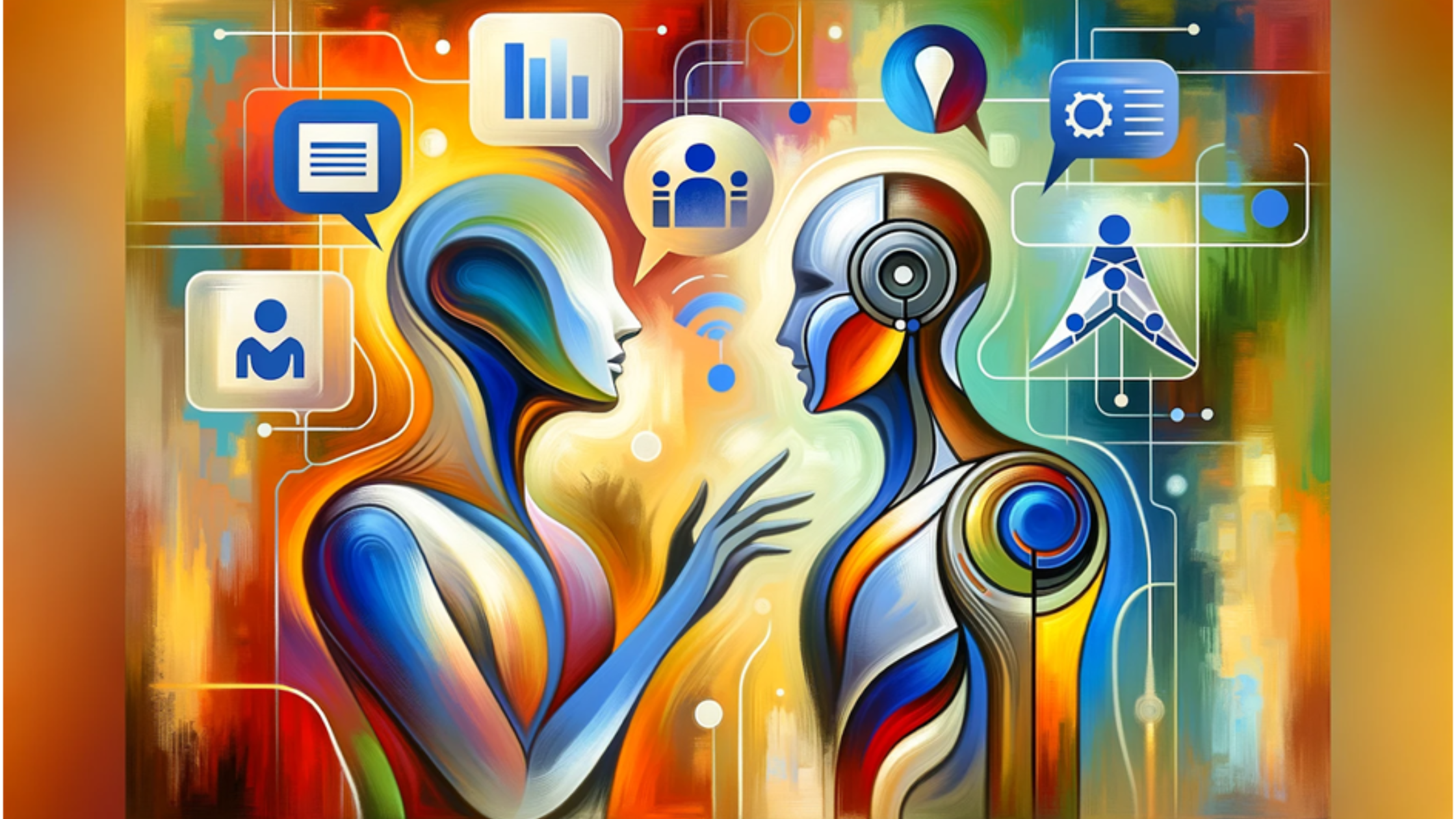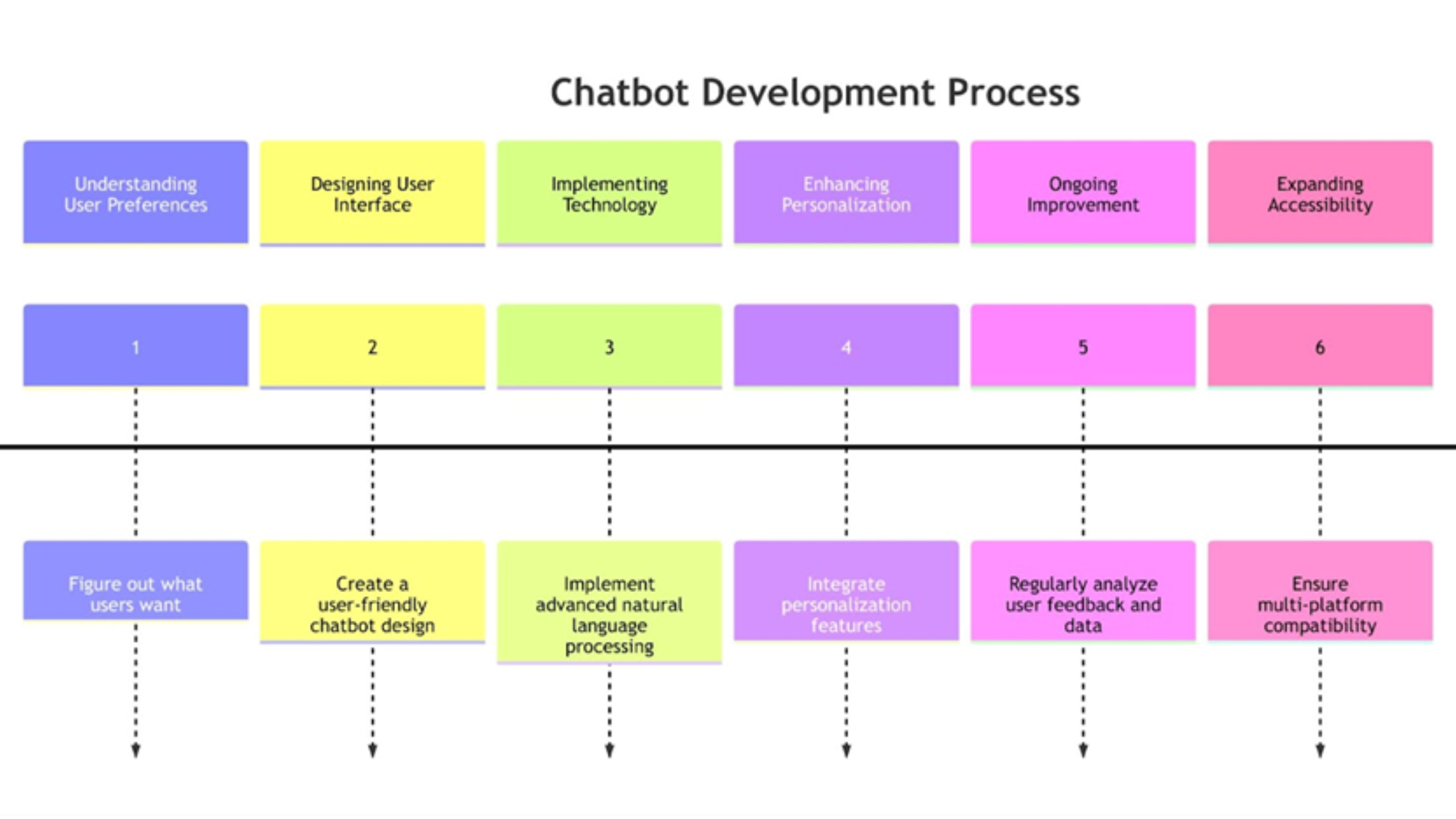MODIFIED ON: January 30, 2024 / ALIGNMINDS TECHNOLOGIES / 0 COMMENTS

Artificial intelligence (AI) is changing things up fast, and one awesome part is how chatbots are flipping the script on how we talk to technology. These smart talkers, armed with smart algorithms and natural language skills, have moved past just following scripts to make life easy. And it’s not just tech; businesses are getting in on the action to connect better with their customers.
A Closer Look at Conversational AI’s Increasing Trend – A Look at the Data
Hold up, let’s acknowledge how far AI has come in the last few years before we get into the nitty-gritty of making user-friendly chatbots.
-By 2030, the global chatbot game is on fire, set to hit $27,297.2 million. That’s a rad 23.3% growth from 2023 to 2030, says Grand View Research. Chatbots rock, helping businesses cut costs and AI magic is making them even great.
-Chatbots drive retail sales by using upselling, marketing, and cart recovery messages. Juniper Research forecasts chatbot-driven e-commerce transactions hitting $112 billion by 2023.
-People love chatbots ’cause they’re quick with the info. In a Userlike survey, folks were jazzed about the bot’s speedy replies and the perks of connecting them to a real person and offering help beyond the usual hours.

Come along as we dive into this blog, checking out how to make cool and user-friendly chatbots. They’re not just meeting user expectations, but also boosting business success.
Let’s explore the AI Conversation Revolution!
Definition of Chatbots
Chatbots are digital chatterboxes designed to simulate conversation with human users, providing automated responses in natural language. Using high-tech algorithms, they soak in loads of info to chat just like us humans. They’re handy for sorting out customer stuff, being our virtual buddies, and hanging out online.
For instance, Facebook Messenger employs chatbots for businesses to automate customer inquiries and transactions. These bots can answer frequently asked questions, process orders, and enhance user experiences. By streamlining communication and handling routine tasks, chatbots contribute to increased efficiency and improved user satisfaction across diverse industries. Their versatility continues to drive innovation, making them integral components of modern digital interactions.
Characteristics of User-Friendly Chatbots
•Natural language processing and understanding: They’re not just robots—they understand our words, get the context, and respond in a way that feels totally natural. It’s all about using smart algorithms to make the conversation feel real and awesome.
•Personalization and contextual awareness: Chatbots are like your digital buddies. They pay attention to what you like and remember it. With their brainy algorithms, they can predict what you want, making each chat special and building a tight connection between you and the tech world.
•Seamless integration with user interfaces: Chatbots easily fit in everywhere online, like on websites or in apps. This makes them super easy to use and gives a chill experience, whether you’re on a site, a messaging app, or talking to your device.
•Multi-channel communication capabilities: Chatbots are all-in-one communicators, sliding into your DMs via text, voice, video, and social media. They’re the chat gurus, making sure the convo stays smooth and collected, no matter where you’re hanging out.
A Quick 6-Step Guide to design user friendly Chatbots

•Figure out user wants: Begin by catching on to what users prefer and like, then tweak the chatbot’s design to meet those expectations.
•User-friendly vibes: Create a user-friendly chatbot design with prompts that anyone can get. No stress, just easy and enjoyable conversations.
•Natural language processing: Implement advanced natural language processing to enhance the chatbot’s ability to understand and respond to users in a more human-like manner.
•Personalization: Integrate personalization features to adapt the chatbot’s responses based on user history, preferences, and context, creating a more tailored interaction.
•Continuous improvement: Regularly analyze user feedback and data to identify areas for improvement, enabling ongoing refinement of the chatbot’s functionality and user experience.
•Multi-platform compatibility: Ensure the chatbot is accessible across various platforms and devices, maximizing its reach and convenience for users.
Concluding the Expedition to Make AI Conversations User-Friendly
In the world of digital progress, the growth of AI talks is a big deal. As we aim to make smooth connections between tech and people, easy-to-use chatbots become the unsung heroes of this change. Creating an experience that goes beyond the usual, Crafting Conversational AI are the builders of a new age in communication.
If you wanna ace those AI conversations, team up with the real pros who get how to blend tech and user vibes just right. And guess what? AlignMinds is your trusted ally for turning basic chats into extraordinary interactions. With AlignMinds by your side, the future of user-friendly chatbots is not just a vision; it’s a tangible reality waiting to unfold.
Don’t just adapt to the future—shape it with AlignMinds. Your Revolutionary Chatbot Experiences begin here.
Leave a reply
Your email address will not be published.
-
Recent Posts
- The Role of AI in Business Growth: Top Trends for 2025 and Beyond
- The Evolution of Voice Search in AI: What’s Next for 2025?
- How to Hire an AI Developer: A Complete Guide 2025
- Top 10 Android App Development Trends in 2025
- Top Trends in Product Modernization for 2025 and Beyond
-
Categories
- MVP Development (5)
- AlignMinds (56)
- Operating Systems (1)
- Android POS (3)
- Application Hosting (1)
- Artificial Intelligence (49)
- Big Data (2)
- Blockchain (1)
- Cloud Application Development (8)
- Software Development (39)
- Software Testing (9)
- Strategy & User Experience Design (4)
- Web Application Development (28)
- Cyber Security (6)
- Outsourcing (7)
- Programming Languages (3)
- DevOps (5)
- Software Designing (6)
- How to Code (4)
- Internet of Things (1)
- Machine Learning (2)
- Mobile App Marketing (5)
- Mobile Application Development (25)
- Mobile Applications (11)







